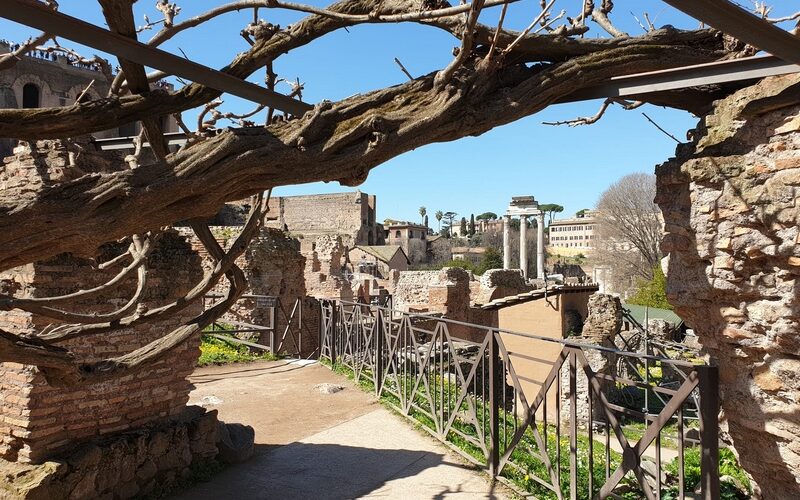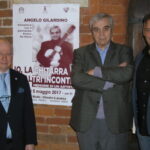Reflecting on our present and envisioning a desirable future often leads us back to the past, particularly to the preservation and enhancement of our historical, artistic, and architectural heritage. These cultural treasures, sometimes overlooked or forgotten, are living witnesses of our roots, reflecting the richness of our history and are, in every sense, the building blocks with which we construct our future.
Understanding that the preservation of cultural heritage is not merely a matter of aesthetics or national pride but represents an investment for future generations is crucial. As the former UNESCO Director-General Irina Bokova said, “Cultural heritage is an engine of development, a means of social cohesion, and a catalyst for peace.”
Historical, artistic, and architectural assets are tangible evidence of humanity’s evolution, bearing witness to the advances, changes, conflicts, and revolutions that have shaped today’s society. The destruction of these assets is an irreplaceable loss, a chapter of our history erased forever. Conversely, their recovery and valorization maintain a living connection with the past, promoting education, innovation, and sustainable development.
Conservation and rehabilitation efforts worldwide provide numerous examples of how cultural heritage can be recovered and made accessible to the public. A prime example is the Colosseum in Rome, a monument that, despite damage from time and natural disasters, has been carefully preserved and is now one of the world’s most visited tourist sites.
But it’s not only the great metropolises that harbor cultural treasures. Small historic centers, with their cobblestone streets, ancient churches, and period buildings, tell fascinating stories that deserve to be preserved and recounted. Reviving these places means not only preserving their beauty but also promoting the cultural identity of local communities, fostering economic development through tourism, and encouraging innovation through new ways of living and using historical spaces.
However, the conservation of cultural heritage should not be seen solely as the duty of public institutions. Every citizen has a role to play in protecting and enhancing cultural heritage. Visiting museums, participating in guided tours, supporting restoration initiatives, and spreading knowledge of these assets are actions within everyone’s reach that contribute to building a future respectful of the past.
The valorization of cultural heritage is a complex challenge that requires the cooperation of experts in various fields, from restoration to urban planning, from archaeology to education. But it is also a unique opportunity to rediscover our roots, to learn from the successes and mistakes of the past, and to build a future that is not only technologically advanced but also culturally rich and humanly sustainable.
As the British archaeologist and historian Colin Renfrew wrote, “In imagining the future, we must look to the past.” In this sense, the conservation and enhancement of historical, artistic, and architectural assets is a strategic choice that reveals our respect for the past, our understanding of the present, and our hope for the future.












